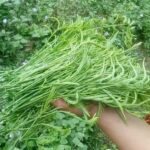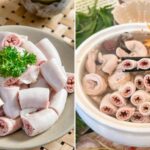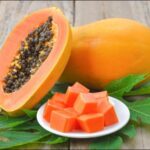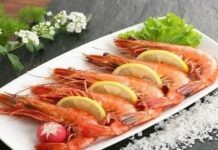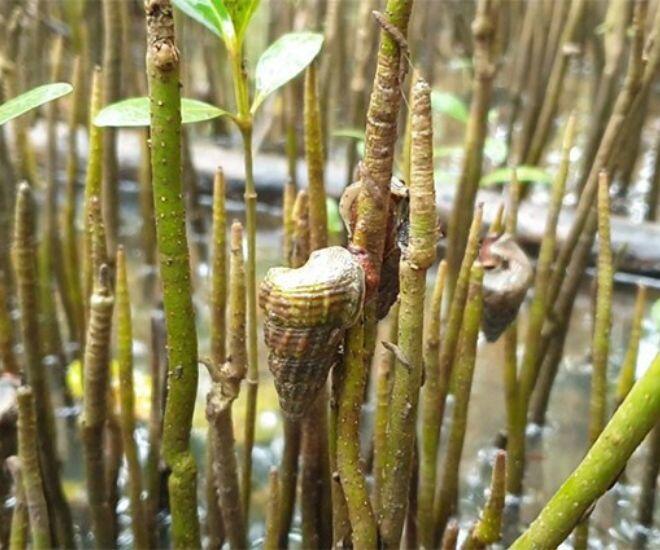
Meet the Dong Nai tree snail, a rare delicacy locally known as “ốc lá” or “forest snail.” What sets this snail apart is its unique habitat—it lives exclusively on tree branches and feeds solely on leaves, a stark contrast to common freshwater or sea snails. Despite its high price, the tree snail remains a coveted treat, a testament to its irresistible allure as a forest treasure.
Physically, the tree snail boasts an elongated body with a pointed tail, averaging around 5 cm in length. Intriguingly, its shell color varies depending on its habitat, and the shell’s spiral direction is inconsistent, adding to its natural diversity. Experienced enthusiasts can identify this species simply by examining its shell characteristics. Its small size is evident in the fact that it takes approximately 80-100 mature snails to reach one kilogram. Yet, don’t let its modest appearance fool you—its meat is remarkably firm, sweet, and boasts a flavor superior to many other snail varieties, leaving a lasting impression on anyone fortunate enough to taste it.

In Dong Nai, consuming tree snail meat is more than a culinary experience—it’s a spiritual practice believed to bring good fortune. Every April and May (lunar calendar), when tree snails are in season, the forests buzz with activity as locals search for and harvest these prized creatures. They are then brought home for family meals or supplied to markets to meet the demands of eager food enthusiasts.
The meat of the tree snail is ivory-white, with a distinctive crispness and aroma that surpasses even popular varieties like rice snails. Many compare its flavor to that of conches, a premium seafood. This has earned the tree snail poetic nicknames like “land conch” or “tree conch,” cementing its status as a culinary gem.
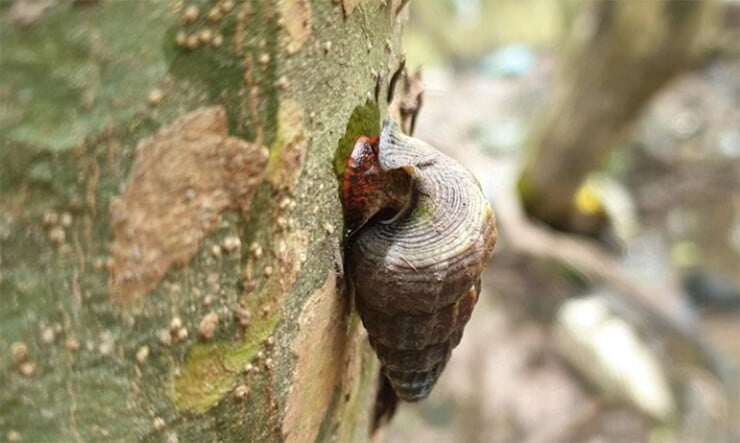
Currently, tree snails command a high market price, ranging from 300,000 to 400,000 VND per kilogram, reflecting their rarity. Their exquisite flavor lends itself to a variety of dishes, from simple steamed or boiled preparations that highlight their natural sweetness, to more elaborate creations like lemongrass chili stir-fry, refreshing salads, or rich hotpot dishes. In Dong Nai’s restaurants, tree snails are a must-have menu item, drawing both locals and tourists eager to savor this specialty.
Despite their popularity and economic value, tree snails are increasingly scarce in the wild. Most are sourced by forest foragers, but quantities are limited, falling short of market demand. Fortunately, tree snails are well-suited to artificial farming. They thrive on a diet of fresh vegetables and fruits, requiring misting twice daily for hydration. Regular cleaning of their enclosures—at least every two days—ensures an optimal living environment. At 4-7 months old, mature snails lay eggs on leaves, which hatch into juvenile snails after just three weeks, starting a new life cycle.
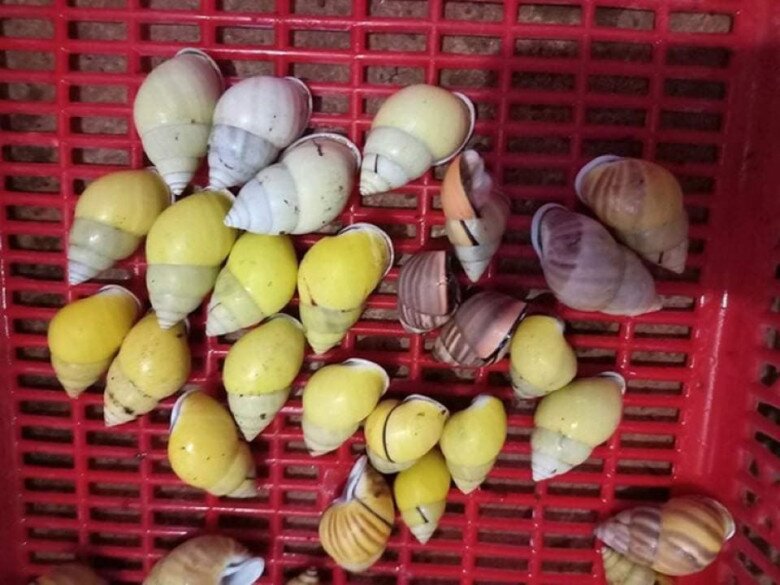
Beyond their culinary appeal, tree snail shells, with their intricate patterns and vibrant colors, inspire artists and craftsmen. Carefully selected shells—those with clear colors, flawless patterns, and smooth surfaces—are transformed into exquisite souvenirs. These artisanal creations are highly prized, with some fetching up to 400,000 VND per shell and averaging between 100,000 and 300,000 VND, a testament to their beauty and uniqueness.
The Dong Nai tree snail, with its distinctive habitat, exceptional flavor, and cultural significance, is a true symbol of the region’s culinary and artistic heritage. While natural supplies are dwindling, the potential for farming and its value in handicrafts promise to make the tree snail a sustainable brand, further enriching Vietnam’s culinary and cultural landscape.


























